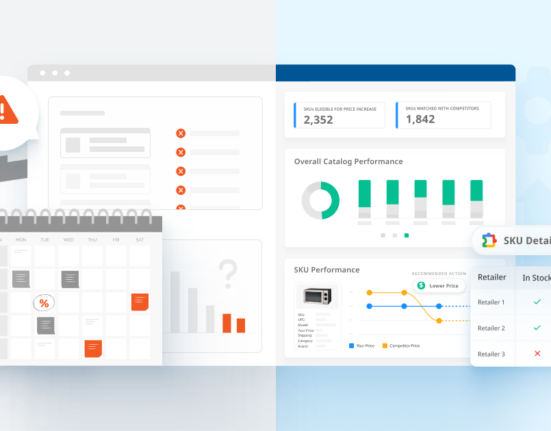When a new product launch goes well, it’s fantastic! When it goes wrong, it often goes really wrong. (Think Google Glass, the Segway, and Barnes and Noble’s Nook.)
What is one common theme across all product launches, good or bad? Pricing. Set the right price for the market, and you may have a winner. Choose the wrong price, and you could alienate your target audience and miss out on potential customers.
Here are four pricing-related tips for a great product launch strategy:
Tip No. 1: Research Competitor Pricing
The first step you should take when launching a new product is to research the competition. You should look for a few specific items before moving forward:
- Whether your product idea is unique
- How your competitors succeed or fail
- How they price their products
Naturally, your product should be unique enough that customers could be tempted to buy from you instead of your competitors. You want to fill a hole in the market. You don’t want to launch as a copy-cat or a cheap imitation of an industry-leader. Your competitors will also provide lessons on what to do and what not to do. Learn from their history as you craft a product launch.
Finally, competitors will help you set your price. They’ll have set an industry baseline for prices, plus you’ll have a better sense of where your product falls among similar offerings. You should also consider whether your brand is known as a premium, luxury-type brand, a discount brand, or something in between. Your relation to your competition in this sense will help narrow down a potential price range for your launch.

Tip No. 2: Choose Your Messaging
What value does your product provide? Why would potential customers want to buy it? Before launch, give some thought to your marketing and sales strategy around messaging.
Your competitor research in the first step will help here, too. Think about how it’s unique in the market. Does it save the end-user time? Does it provide entertainment? Is it all about saving customers money or making them money? Do a little pre-launch research to figure out how other people think about your product. Ask questions on social media, read message boards, host a focus group, or send surveys to existing customers. Find out what features they’re looking for and then craft your marketing strategy around that.
Importantly, you need a clear, concise message in order to generate excitement. This will help you set prices, too, as your messaging could be an “affordable, low-cost solution” or a “premium, industry-leading innovation.” Price and message must work together for the best odds of success.
Tip No. 3: Test the Market
Once you’ve got a solid idea about how you’ll market your product and how it fits into your overall competitive landscape, you should gather more feedback from potential consumers.
At this stage of your launch, you want to get validation about your messaging and marketing strategy. Basically, you want to see if what you’ve built is attractive. You can do this in several ways. First, you can do a test run of a go-to-market strategy. One useful option is to create a mock press release for the product—does the quick elevator pitch of your product still sound exciting? If not, go back and tweak your messaging.
You can also create a promotional landing page for your product. See if you get any bites from prospects. You can also run ads or promote your product on other channels. Interest here is a good sign that you’re on the right track.

Tip No. 4: Set the Right Price
Armed with competitive research, a marketing strategy, and validation, you can set the price you’ll take to market. There are several pricing strategies you can leverage at this part of the launch. There’s penetration pricing, when you price your product lower than the competition in order to drive sales, then raise prices at a later date. There is also price skimming, when you price high at launch and then drop prices shortly after.
Penetration pricing works if you’ve got a lot of competition, while price skimming can work if you’re got a strong brand reputation or a very unique product.
Of course, finding the right strategy only gets you part way to your target price. Where your competitors are at will help, of course, but you also need to factor in your costs. Take note of:
- How much product development cost
- How much warehousing and fulfillment cost
- How much marketing cost
- How much overhead cost, like rent and employee wages
Your sales price needs to cover your costs, but not be too high it’s not realistic for the market. You also need to set an MSRP or equivalent, a wholesale price for any distributors, and any promotional prices or minimum advertised prices if relevant for your business.
A lot goes into effective pricing. However, starting with competitor research, a marketing strategy, and third-party validation will help you determine if you’re on the right path. In the end, you can set the right price for your product and have a successful product launch.









